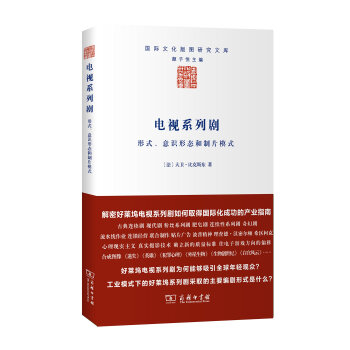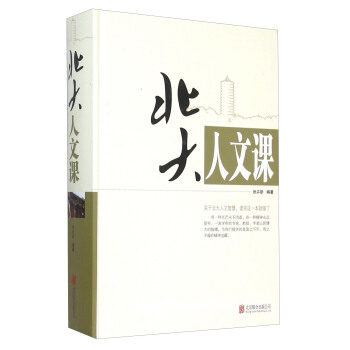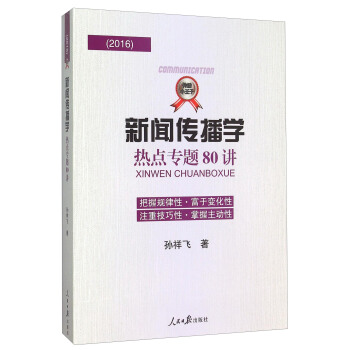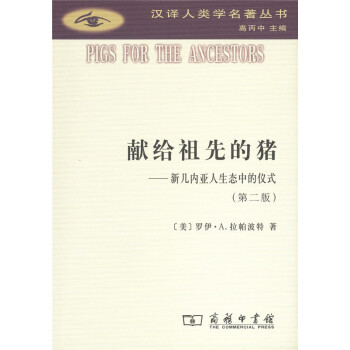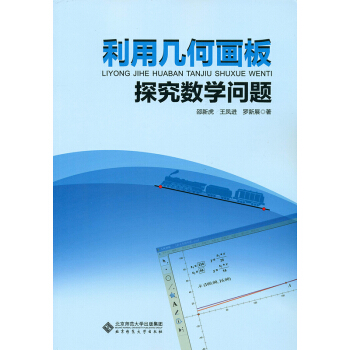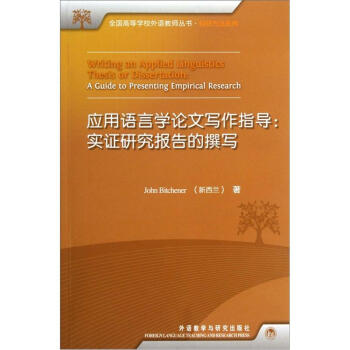

具体描述
内容简介
《应用语言学论文写作指导:实证研究报告的撰写》系统指导如何撰写实证性研究论文,全书包括八章,除第一章为本书引言外,其他七章分别介绍了论文的七个组成部分,包括:摘要、引言、文献综述、研究方法、研究结果、结果讨论和结论。每章采用相同结构:所讲论文章节的功能;实现这些功能的步骤;以一篇论文作实例分析;该章节需要注意的语言特征;常见问题等。本书可作为应用语言学硕士生和博士生论文写作课教材,或本领域及其他文科专业研究者撰写论文的指导,还可作为外语教师培训参考资料。目录
总序导读
Preface
Acknowledgements
Chapter 1 Background
What Is the Book about?
Who Is the Book for?
Why Has the Book Been Written?
How Does the Book Meet the Content, Structure,
Linguistic and Presentational Needs of Students?
How Is the Book Organized?
What Is the Sample Masters Thesis about and
Why Has It Been Selected?
How Can This Book Be Used?
Further Reading
Chapter 2 Abstract
Introduction
The Functions of a Thesis Abstract
The Content and Structure of a Thesis Abstract
Analysis of a Masters Thesis Abstract
Analysis of a Doctoral Thesis Abstract
A Key Linguistic Feature of a Thesis Abstract
Frequently Asked Questions
Further Activities
Further Reading
Chapter 3 Introduction
Introduction
The Functions of a Thesis Introduction
The Content and Structure of a Thesis Introduction
Analysis of a Masters Thesis Introduction
Some Key Linguistics Features of a Thesis Introduction
Frequently Asked Questions
Further Activities
Further Reading
Chapter 4 Literature Review
Introduction
The Functions of a Thesis Literature Review
The Content and Structure of a Thesis Literature Review
Conclusion of the Literature Review
Some Key Linguistic Features of Thesis Literature Reviews and
Approaches to Processing the Literature
Frequently Asked Questions
Further Activities
Further Reading
Chapter 5 Methodology
Introduction
The Functions of a Thesis Methodology Chapter
The Content and Structure of a Thesis Methodology Chapter
Sample Analysis of WTC Thesis Methodology Chapter
Some Key Linguistic Features of a Thesis Methodology Chapter
Frequently Asked Questions
Further Activities
Further Reading
Chapter 6 Results
Introduction
The Functions of a Thesis Results Chapter
The Content and Structure of a Thesis Results Chapter
Sample Analysis of a Masters Thesis Results Chapter
Quantitative Results
Some Key Linguistic and Presentation Features of a Thesis
Results Chapter
Frequently Asked Questions
Further Activities
Further Reading
Chapter 7 Discussion of Results
Introduction
The Functions of a Thesis Discussion of Results
The Content and Structure of a Thesis Discussion of Results
Sample Analysis of a Masters Thesis Discussion of Results
Some Key Linguistic Features of a Thesis Discussion of Results
Frequently Asked Questions
Further Activities
Further Reading
Chapter 8 Conclusion
Introduction
The Functions of a Thesis Conclusion
The Content and Structure of a Thesis Conclusion
Sample Analysis of a Masters Thesis Conclusion
Some Key Linguistic Features of a Thesis Conclusion
Frequently Asked Questions
Further Activities
Further Reading
Appendix
精彩书摘
Sinularities between the Two AbstractsAs well as providing an abstract of similar length to that of the first abstract, I think you can see here that there are other similarities between the two abstracts. Both include the same five moves. Broadly speaking, the strategies employed in the creation of these moves are similar even though some differences are evident.
Differences between the Two Abstracts
Moves within a Sentence
The first difference between the abstracts concerns the inclusion of more than one move within.a single sentence. This pattern characterizes a number of sentences in the first abstract but it does not occur at all in the second abstract. While links between moves are clearly and explicitly signaled when two moves appear within a single sentence, it does not necessarily mean that links are not made when this does not occur. Sentential links can be clearly and explicitly made between moves by other cohesive means. In comparing only one Masters and one Doctoral thesis, we could easily assume that these are differences that reflect the two types of thesis. However, this is not the case. It is rather a difference in individual style and preference. Any thesis needs to establish links between moves and between sentential propositions. The extent to which one approach is adopted more than another may be a feature of particular disciplines but generally it is the result of the writer's communicative style.
Introduction
Secondly, the Introduction move is slightly longer in the second abstract than it is in the first. This may have occurred because the author wanted to explain not only the context and importance of the topic in some detail and the need for further research in the area but also what is meant by the key term 'incidental focus on form'. The importance of defining and backgrounding this particular approach to form-focused instruction in some detail arises from the confusion that could result for those not familiar with different approaches to form-focused instruction. For example, the second language acquisition literature makes a significant distinction between two types of form-focused instructions but the difference is only signaled by a change in the use of one letter - either a capital 'S' (focus on formS) or a lower case 's' (focus on forms).
Additionally, the second abstract seems to emphasize the limited amount of empirical research on the effectiveness of incidental focus on form, whereas this focus is less explicit in the first abstract. Again, the difference is not really one that distinguishes a Masters from a Doctoral thesis. Rather, it should be seen as a difference between the focus that two authors wish to provide or between two areas of investigation where the background of one needs more explanation than that of the other.
Purpose
A third difference is revealed in the more extensive statement of purpose provided in the first one. Whereas the second abstract referred to three purposes or aims within a single sentence, the first abstract identified each purpose or aim across four sentences and, in doing so, provided us with a more comprehensive and perhaps clearer understanding of the various aims of the study. The three key words in the purpose statement of the second abstract ('occurrence', 'nature' and 'effectiveness') become clear as we consider the Method and Product moves later in the abstract. It is possible that the author of the second abstract may have assumed that we would be more familiar with this field of investigation so confined himself to a single sentence.
Methodology
Fourthly, while similar detail on the methodology of each study is presented in the two abstracts, the second abstract devotes only four sentences to it, compared with the seven sentences provided in the first abstract. It is possible that fewer design features were specified by this author because of the single data source. By comparison, data for the first study, outlined in the first abstract, were sourced in several ways and these needed to be outlined in the abstract so that we would know how reliable and valid the findings of the study are. The approach to data analysis is not outlined in the first abstract but is described in detail in the methodology chapter of the thesis. It is likely that the author chose to refer to how the data were analyzed because of the relative novelty of the approach.
Product
The Purpose move of the second abstract, in sentence 4, revealed the following two primary foei of the research: (1) the occurrence and nature of incidental focus on form and (2) its effectiveness in promoting second language learning. The Product move is therefore presented in two parts as follows: (1) sentences 9-14 outline the first key finding and its associated findings and (2) sentences 15-16 refer to the second key finding. Compared with the Product move of the first abstract, similar detail on the findings of the second study is presented in the Product move of the second abstract.
……
用户评价
这本书的附录部分的设计也体现了作者对读者体验的极致关怀。通常来说,附录往往是那些被匆忙塞进来的、整理得有些杂乱的参考资料堆砌。但在这里,附录更像是精心准备的“工具箱”。从常用的统计软件操作提示的精简指南,到规范的引用格式示例(特别是针对我们学科特定的格式要求),再到一份细致入微的写作自查清单,每一项都显得那么恰到好处。特别是那份自查清单,它不是一个笼统的建议列表,而是针对实证论文的各个部分,提出了如“你的P值是否得到了恰当的语境化解释?”或“图表标题是否独立于正文也能被理解?”这类具体到位的疑问。这份详尽的清单,让我在最后定稿时,仿佛有了一位不厌其烦的、经验老到的导师在身边进行最后的校对,极大地增强了我对最终提交版本的信心和把握。
评分数据分析与讨论这一章节,简直是我心中的“救星”。过去我对“结果”部分的撰写总是感到无所适从,总是在罗列统计数字和解释其理论意义之间徘徊不定。这本书提供了一个非常实用的“三段式”汇报结构,它清晰地划分了“报告发现”、“解释发现”和“关联理论”这三个层次。我特别欣赏作者对于“讨论”部分的强调,他不仅仅满足于说“我的发现支持了XX理论”,而是深入探讨了“为什么会是这个结果?如果结果不理想,那又意味着什么?”这种对结果进行审慎、多角度解读的训练,极大地提升了我对研究结论的自信心和严谨度。书中那些关于如何处理非预期结果的案例分析,让我意识到,即便是“失败”的实验,只要分析得当,也能为学术界提供宝贵的反思价值。这种坦诚和对科研伦理的尊重,是我在其他同类书籍中极少见到的。
评分在对文献综述部分的深度剖析上,这本书展现出了远超预期的前瞻性和批判性。很多指导性书籍仅仅是教会你如何“堆砌”前人的研究成果,最终形成一个平铺直叙的文献列表,但这本书显然走得更远。作者强调的不是数量的积累,而是“对话的艺术”。他引导读者去识别现有研究中的“知识缺口”和“方法论的盲区”,并精准地指出如何将自己的研究立足于这些尚未被填补的空白之上。我发现,这种训练不仅适用于我的论文写作,更渗透到了我对未来学术生涯的规划中。通过作者提供的框架,我学会了如何对同一批核心文献进行多维度的解构和重组,从而生成一个具有强烈前沿性和论证性的理论基础。那种感觉就像是,之前我只是拿着一把小铲子在地上挖土,而这本书给了我一台挖掘机,让我能够以更宏观的视角去审视整个学科的地貌,从而确定最佳的“开采点”。
评分这本书的封面设计给我留下了极为深刻的印象。那种沉稳的蓝色调与那一抹精致的金色字体,一下子就将我带入了一种严肃而专业的学术氛围中。我本来对“应用语言学”这个领域有些敬而远之,总觉得它离我的实际研究太远,但这本书的封面传递出的信号是:它不仅是理论的殿堂,更是实践的指南。触摸着封面的哑光质感,我仿佛能感受到作者在编撰过程中的一丝不苟。它不像市面上那些花里胡哨的教科书,光看封面就知道内容会很“水”。恰恰相反,这种克制的、内敛的设计风格,反而让我更加确信,里面沉淀的定是经过千锤百炼的真知灼见。特别值得一提的是,封底的排版逻辑也极其清晰,作者的资历简介简短有力,没有丝毫的自我标榜,仅仅是用事实说话,这让我对后续的阅读充满了期待,我期待这本书能像它给我的第一印象一样,既有高度,又有深度,是那种我愿意长久地放在书桌上,随时可以翻阅的案头工具书。
评分当我翻开第一章时,最先吸引我的是作者处理复杂概念时的那种“化繁为简”的能力。我曾尝试阅读一些关于实证研究方法论的专著,往往在读完几页后就因为充斥着过多的术语和绕口的句式而感到头晕目眩,最终不得不放弃。然而,这位作者的笔触却是如此的流畅和清晰,仿佛他不是在写一本严谨的学术著作,而是在耐心地引导一位初学者进行一场科学探索之旅。他对研究假设的构建、变量的选择与测量,以及如何科学地设计对照组的论述,简直是为我解开了长久以来的一个核心困惑。他没有停留在理论的抽象层面,而是紧密结合了实际的语言教学或语言习得的案例,使得那些原本抽象的统计概念立刻变得鲜活、可操作。我尤其欣赏他那种循序渐进的叙事节奏,每当引入一个新的统计工具时,他都会先用一个非常生活化的例子来铺垫,确保读者在知识的阶梯上走得稳健,而不是被突如其来的难度吓退。这种教学相长的写作风格,使得阅读过程本身就像是一次非常成功的、有引导的实验。
评分好
评分谢谢
评分教育智慧求妙点.从知识到能力,从情感到智慧,教育逐步进入它的最佳境界。教育智慧表现为对教育本
评分写论文参考图书。
评分教育智慧求妙点.从知识到能力,从情感到智慧,教育逐步进入它的最佳境界。教育智慧表现为对教育本
评分沟通中达成共识。
评分帮同事买的,应该可以吧
评分老师写的很棒哟 赞一个! 强烈推荐
评分写论文参考图书。
相关图书
本站所有内容均为互联网搜索引擎提供的公开搜索信息,本站不存储任何数据与内容,任何内容与数据均与本站无关,如有需要请联系相关搜索引擎包括但不限于百度,google,bing,sogou 等
© 2026 book.tinynews.org All Rights Reserved. 静思书屋 版权所有

![当代世界学术名著:诠释学与人文科学:语言、行为、解释文集 [Hermeneutics and the Human Sciences Essays on Language,Action and Interpretation] pdf epub mobi 电子书 下载](https://pic.tinynews.org/11038257/rBEIC1AFDgkIAAAAAADqhJHVDBUAAEDzAJn244AAOqc818.jpg)
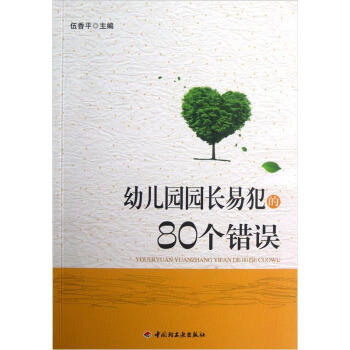
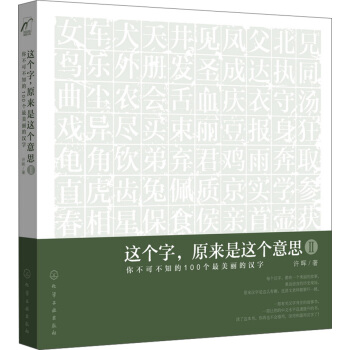
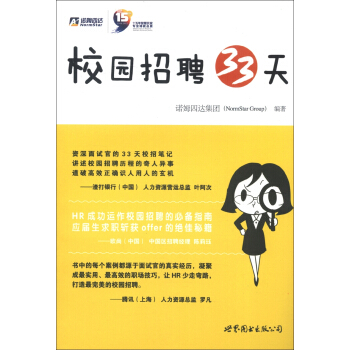
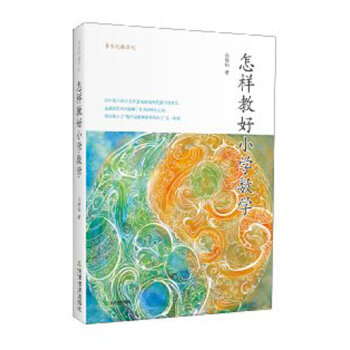
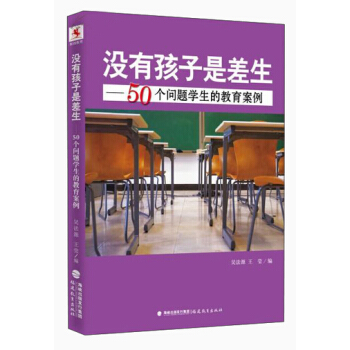
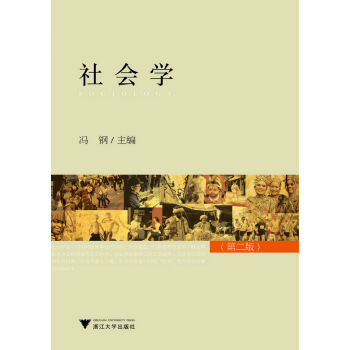
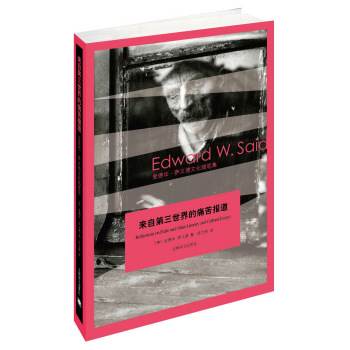
![民主主义与教育 [Democracy and Education:An Introduction to the Philosophy of Education] pdf epub mobi 电子书 下载](https://pic.tinynews.org/11468497/5385af39N5cc526ef.jpg)
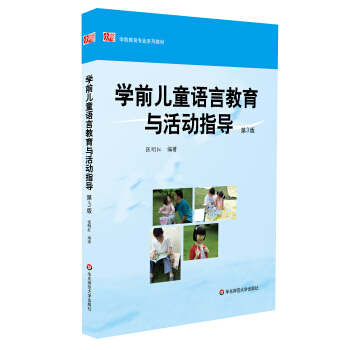
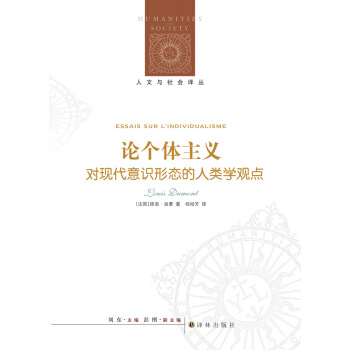
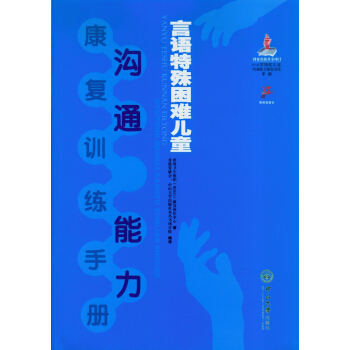
![多元智能理论与学前儿童能力评价 [Project Spectrum:Preschool Assessment Handbook] pdf epub mobi 电子书 下载](https://pic.tinynews.org/11722367/55a316a0N1dcfa859.jpg)
![0-8岁儿童学习环境创设 [Educational Laboratory] pdf epub mobi 电子书 下载](https://pic.tinynews.org/11736579/55b19d3bNfc7fe247.jpg)
